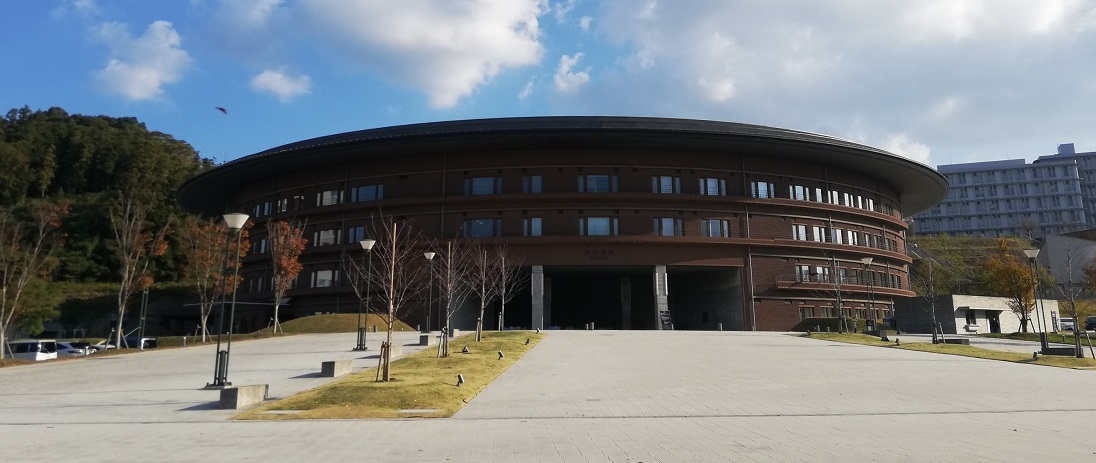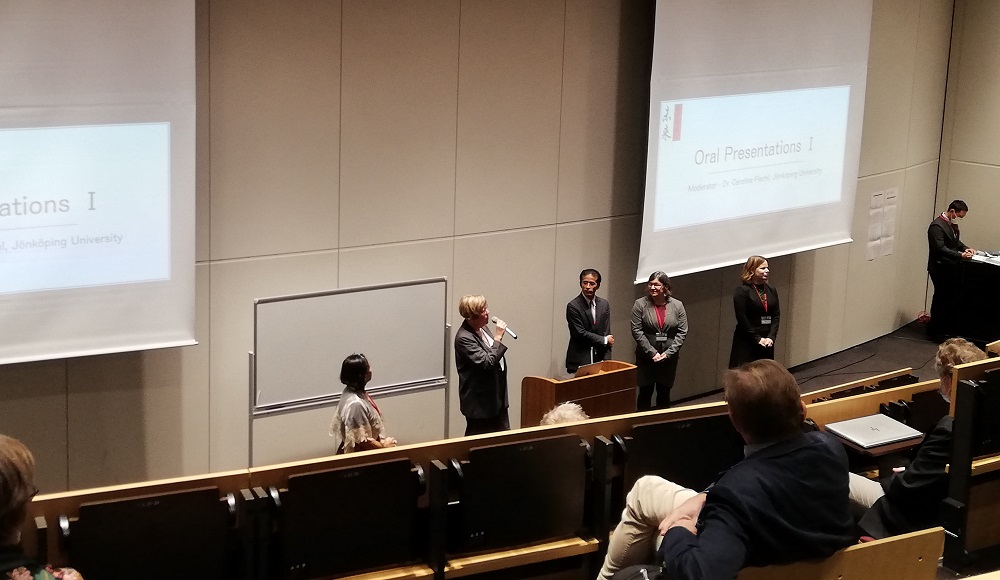At MIRAI 2.0 Research and Innovation Week 2022, I joined Swedish and Japanese researchers in discussing future-focused innovations related to aging.

What does the future hold?
If you want to talk about the future in Japanese, there are two words to choose from: shorai (将来) and mirai (未来). The former describes a more tangible future that’s just about to come. The latter, on the other hand, denotes a mysterious future that’s far ahead and can be as fantastic as your imagination allows.
Therefore, it’s easy to guess that MIRAI 2.0, a collaboration between Japanese and Swedish universities, is an endeavor to facilitate innovation and entrepreneurship towards a bright and shiny future. Innovators from the two countries gather together every year to form research partnerships.
This year, the conference brought together researchers, entrepreneurs, and government officials to discuss “sustainable transformation towards a better world”. One of the sessions was exclusively dedicated to aging, with scientists and policymakers sharing their insights about challenges brought on by an aging society.
As I was sitting in the audience waiting for my turn to present Lifespan.io’s activities in crowdfunding and popularizing aging research, I couldn’t stop thinking about one of the presenter’s questions: “Do you believe immortality is achievable in the future?” Not many people raised their hands to signal “yes”.
I was not among them, because I do not believe we can eradicate all causes of human mortality. Nevertheless, when the time came for me to present, I proudly announced that we at Lifespan.io do believe that the major killer of humanity will one day be eradicated. An aging-free future is what we are striving for.

Robots, AI, devices
The Aging Session started with an informative talk by Tomohiro Shibata about robots and assistive devices used in care facilities in Japan. There are several assistive technologies the members of Prof. Shibata’s lab are working on, including a robot to assist the elderly in putting on clothes.
Both caregivers and frail people could benefit from assistive devices, such as transfer aids that help a caregiver lift an immobile person. Despite such devices being introduced in care facilities country-wide, Prof. Shibata noted that human contact is of paramount importance and is unlikely to be replaced by robots.
The Japanese government also realizes that with almost 30% of its population over 65 years of age, Japan is facing major challenges. Therefore, the government supports the development of various robotic care devices.
Göran Eriksson and Lame M. Kenalemang presented their research on cosmetic apps developed by such companies as Olay, L’Oréal, and Neutrogena, which give skincare recommendations based on the user’s skin analysis using AI. Although this sounds promising, there is no way to know what data is used as input or how skin scores are calculated in these apps. Therefore, it wouldn’t hurt to be somewhat skeptical when you get the results of your selfie assessment.
Aging and exercise
Jennifer Frankel talked about the effect of physical exercise on the aging brain. Her group designed a HIIT program for older adults that showed effectiveness in increasing aerobic capacity, lowering blood pressure, and improving working memory. The results of the study are not published yet, but once it is, we intend to publish the details of a safe HIIT program that you could follow in your 60s and beyond.
Jimmy Falk presented his research on postural control in older adults. The ability to resist falling when confronted with a slippery or shaky surface varies and generally declines with age. A common strategy when walking on an icy road is stiffening the leg muscles.
However, the more older adults stiffen their ankles in response to a surface perturbation (e.g. a sudden movement on a train), the higher the risk of a fall. This is explained by poorer leg muscle strength and is more common among older females than males. Therefore, one strategy to prevent falls is to combine leg strength and balance exercises.
Miki Tachiyama talked about her research on the psychological effects of various physical exercise programs for active older adults. Her group introduced a “GrandCheer” exercise routine for senior Japanese females that entails a cheerleader-like dance, including pom-pom routines. Compared to strength training, yoga, and ballet, GrandCheer, along with hula dancing and Zumba, improved the psychological well-being of the participants. The social nature and costumed performance of these activities could be the key to their success in improving the mental health of the participants.
A member of Takayuki Akimoto‘s lab presented research on a mouse model of progeria and metabolic changes caused by a gene knockout. Although Akimoto’s lab is focusing on how mechanical stress during exercise controls muscular plasticity, there are other research projects aimed at uncovering the molecular mechanisms of aging and developing therapeutic interventions.
A productive session
There were plenty of important topics raised during the Aging Session, including policies that let people work for longer into older ages with the possibility of retirement, the verbal strategies that healthcare practitioners should follow when talking to people with serious diseases, ways to optimize the location of medical facilities, and the ways that people of different ages perceive technologies to support active aging. Although some of the topics discussed and the solutions available on the market, including assistive technologies, seem like band-aids and don’t address the root causes of aging, they remain necessary in the absence of anti-aging therapeutics.













































